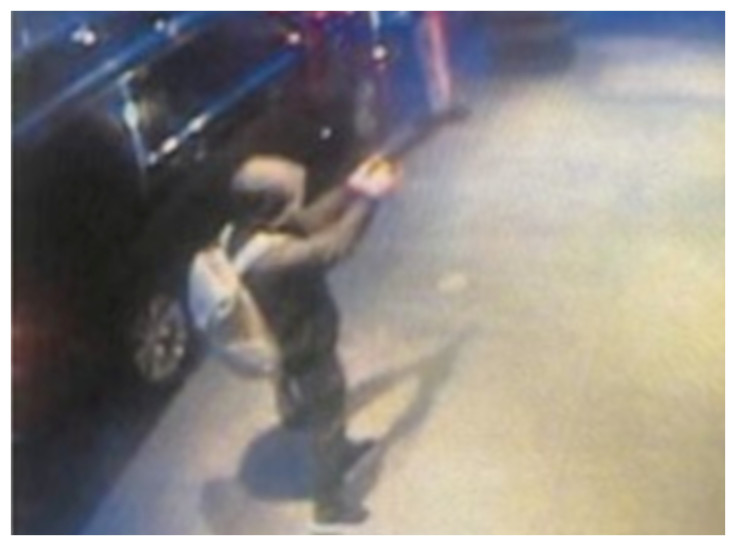
The gun used to kill UnitedHealthcare CEO Brian Thompson may have been a modern version of a rare World War II-era spy weapon, investigators revealed.
Authorities believe the shooter used a B&T VP9, a modernized version of the Welrod pistol, a firearm designed during the Second World War for covert missions, according to the New York Post.
The weapon, known for its extremely quiet operation and inconspicuous design, is described on B&T's website as an "updated, integrally suppressed pistol [that] features a new grip and updated magazines, yet maintains its non-descript appearance, whisper-quiet sound signature and unique rotating bolt operation."
A recent transaction involving the gun by the Connecticut-based manufacturer is being pursued as a key lead in the search for the shooter, who appears to have used a silenced pistol, sources said, according to the Post.
However, investigators have yet to recover the weapon, meaning the connection to the rare firearm remains only a potential lead for now.

Thompson, 50, was in New York City for the company's annual investors meeting when he was shot in the back and leg by a masked gunman Wednesday morning outside New York Hilton Midtown, police said.
He was pronounced dead at a hospital.
Police said it "appeared the suspect was lying in wait" for at least five minutes before he approached the victim and fired off several rounds.
The suspect fled on foot northbound into an alleyway, where he appeared to hop onto an e-bike. A cell phone recovered in the alley has been collected as part of the investigation, said Kenny.
Police described the suspect as a light-skinned male, last seen wearing a light brown or cream colored jacket, a black face mask, black and white sneakers and a "very distinctive" gray backpack.
A $10,000 reward is being offered to anyone with information leading to an arrest.
Originally published on Lawyer Herald.




